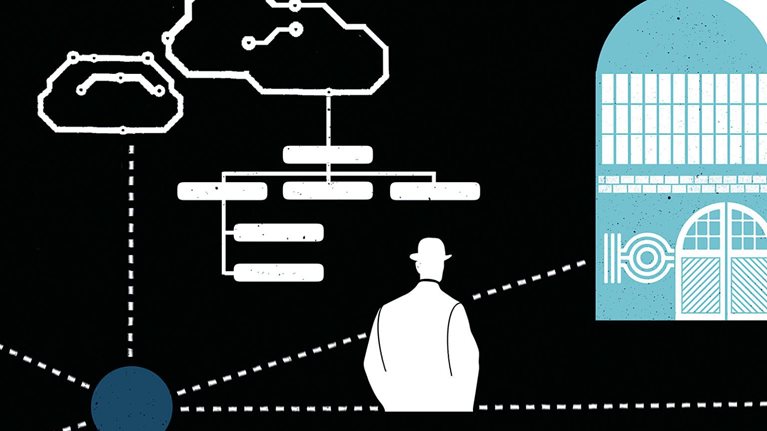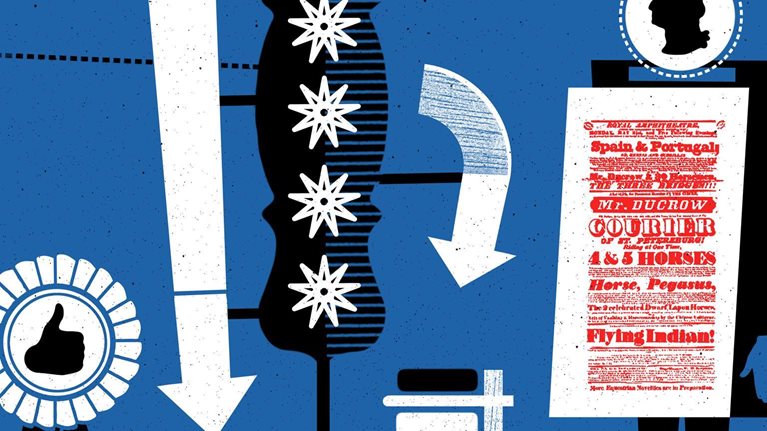Consumers derive significant value from all they do on the Web, and since advertising pays for much of this, it involves no immediate out-of-pocket cost. We all experience these benefits each time we log onto a social network or watch a free Web video.
But how much is all of this Web use worth? About €150 billion a year, according to new McKinsey research involving a survey of 4,500 Web users across Europe and the United States, as well as conjoint analysis of their willingness to pay for various online activities.1
Consumers do pay for some of this: €30 billion for services such as music subscriptions and gaming Web sites. In a sense, they also pay for the “pollution” of their Internet experience by intrusive pop-up advertising and perceived data privacy risks, an amount we estimate to be €20 billion after asking consumers what they would pay to avoid further clutter and privacy concerns. That leaves a substantial consumer surplus of €100 billion a year, a total that we project will grow to €190 billion by 2015 as broadband becomes ubiquitous around the world and as new services and wireless devices come to the fore.
For Web service providers, this is a large parcel of value to leave on the table. In fact, it amounts to more than three times the €30 billion companies pay providers to advertise on their Web sites and is almost as much as the €120 billion consumers pay for wired and wireless broadband access. One reason for this seeming largesse may be that once a Web service is created, the cost of distributing it is very low, and most Web companies are satisfied covering their basic costs with advertising. In the off-line world, things are different, of course: the surplus is more evenly divided between consumers and suppliers, since in many markets—books, movies, or cable TV, for example—consumers pay for content.
Three ways Web economics could shift
Web players may try to recapture some of this large, growing source of value. One not-too-distant example of such a move is how broadcasters gradually shifted service from free programming to pay-TV to capture a bigger slice of value. While it’s not clear how things will play out on the Web, at least three scenarios seem worth contemplating.
Four Internet services generate 52 percent of the consumer surplus created by the Web.

Service costs rise
One obvious possibility is that Web players will charge more for services, they already do for certain premium offerings, such as multiplayer video game sites or subscription-based access to unlimited music libraries. So far there’s been strong resistance to this approach from consumers: only about 20 percent of online users pay for some services, and our research shows that expanding the scope of fees to an amount equaling the value of the surplus would reduce usage by as much as 50 percent, torpedoing the economics of Web services.
Advertising grows
Another strategy would be to ramp up Web advertising, and here, the “pollution factor” may be the key. At present, Web companies are reaping more in advertising revenues than consumers are willing to pay to avoid them (€30 billion versus €20 billion). This imbalance suggests that today’s levels of advertising are sustainable and that there could be room for more ads or other monetization plays, such as asking consumers to provide more personal data to access services.
It’s hard to say how much more, though, because there’s no data on how consumers would respond if Web pollution grew a great deal. Is there a tipping point where their willingness to pay to eliminate pollution would increase so dramatically that business models would shift in response? For example, if ad revenue grew to €40 billion or €50 billion, it is not clear whether consumers’ willingness to pay to avoid the new ads would grow so much that Web service providers would be better able to extract more surplus by charging users more, as opposed to selling still more ads.
Monetization by other means
Web players operate in multisided markets that allow them to collect revenues from both their advertisers and their users. They may be betting that by creating a large consumer surplus today with free services and big audiences, they will bolster their online brands, leading to higher profits or market value down the road. The rationale for this approach is pretty compelling, though a for-pay walled garden would work only for premium brands and services. Even for those, reach will be limited—as will companies’ ability to use their Web platforms to launch other businesses.
Preparing for change
Of course, we’re still in the early days of the Web economy, and only recently has the consumer surplus swelled with the rise of blockbusters such as Facebook and always-on connectivity. Clearly, this is a market that’s far from equilibrium, so players should be planning for major change and preparing their strategies accordingly.
Service players trying to stay ahead of market shifts must be attuned to rapid market consolidation: the top 100 providers accounted for 45 percent of Web traffic in 2010, up from only 20 percent in 2007. To stay ahead, leading players are already broadening their base of services on robust proprietary platforms, particularly services that can be offered at low cost via the cloud and mobile devices; Twitter and Facebook are prime examples of such multiuse platforms. As more business and individual activities move online, early movers should be well positioned to capture higher advertising revenues and perhaps, over time, higher service fees.
In turn, advertisers may have better revenue options because of Web innovations. Some are already moving beyond distracting display ads; they’re designing branded content promotions to attract the attention of users and shaping marketing campaigns around messages that travel virally among socially networked “friends,” thus making these campaigns more acceptable to the consumer.
For consumers, the benefits of Web surpluses will continue. Engagement with consumers is the key to value creation in multisided markets, so they should expect continuing service innovations and tolerable advertising levels that keep the prices for Web use and access low.


